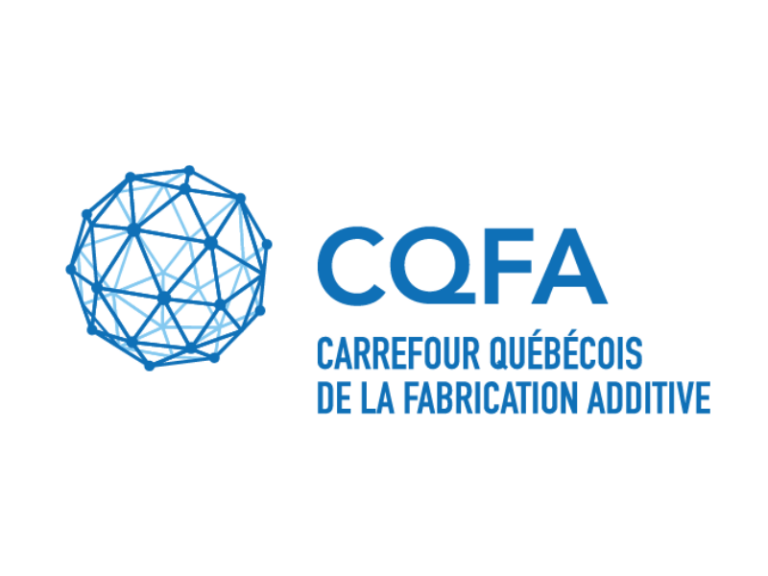
2024/03/13
Laser powder bed fusion additive manufacturing of molybdenum using a nitrogen build atmosphere
Ramakrishnan, T.; Espiritu, E.R.L.; Kwon, S.; Keshavarz, M.K.; Muniz-Lerma, J.A.; Gauvin, R.; Brochu, M. (2024). Laser powder bed fusion additive manufacturing of molybdenum using a nitrogen build atmosphere. International Journal of Refractory Metals and Hard Materials, vol. 119, February 2024, 106555.
A method was developed to suppress the crack formation during laser powder bed fusion (LPBF) of molybdenum (Mo). The method uses a nitrogen (N2) atmosphere to fabricate crack-free samples without any additional processing. To compare with the effect of the N2 atmosphere, samples were prepared under an argon (Ar) atmosphere as well with the same process parameters. The microstructure analyses by optical and high-resolution electron microscopy revealed that crack-free samples were produced under this condition, whereas grain boundary cracks were observed throughout the sample fabricated in Ar atmosphere. To understand the mechanism of crack prevention by nitrogen (N), the energetics of solute components in the BCC-Mo structure were studied by Density Functional Theory (DFT). The theoretical calculations showed that the introduction of N into the BCC-Mo hinders oxygen (O) diffusion, causing O entrapment in the lattice at interstitial positions. As a result, reduced oxides within grains and at grain boundaries (GB) were observed. The results are consistent with the experimental observation made from the fracture surface investigation. The reduced embrittlement of GB from the reduced GB oxide formation is believed to suppress GB cracking.